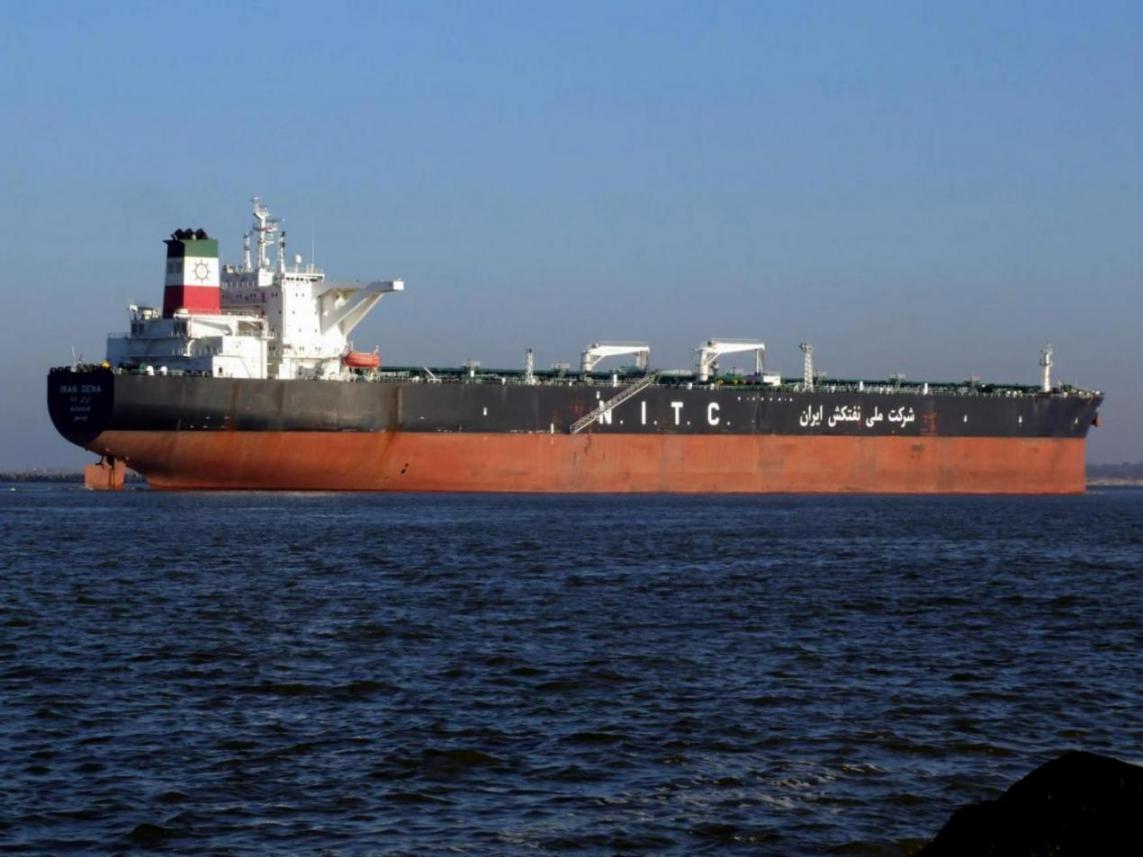In the first nine months of 2014, the four Asian buyers of Iranian crude imported 1.14 million barrels of oil per day (bpd), up 19.6 percent from the same period last year.
Imports by Iran's four major clients in Asia have topped the mark allowed under a deal that eased Western sanctions, rising to as much as 1.37 million bpd in February.
The interim agreement between Iran and world powers last year allowed Iran to keep exports at the reduced level of about 1 million bpd.
Tehran's largest oil client China has since late 2013, when the interim deal was reached, been stepping up purchases, accounting for most of the stronger Asian imports since then.
China's firm imports - along with No.2 buyer India - have countered lower year-to-date imports by Japan and South Korea.
China's imports from Tehran for the January-September period were at 570,350 bpd, up 33.2 percent on year. For September, China's imports from Iran rose 5.8 percent from last year to a two-month high of 503,261 bpd.
In September China, India, Japan and South Korea together took in 1.08 million bpd, down 6.6 percent from a year ago but up from 921,064 bpd in August.
India’s imports in September fell 18.5 percent from last year to 241,400 bpd, and over January-September, imports rose 38.1 percent to 267,800 bpd.
South Korea’s imports from Iran last month fell 2.3 percent from a year ago to 134,300 bpd, while its shipments for the January-September period were down 6.7 percent from last year to 127,458 bpd.
Shipments to Japan - the last of the four to report its oil intake - fell by 18.4 percent to 205,798 bpd last month, trade ministry data showed on Friday. For the year through September, imports fell 10.5 percent from a year ago to 174,395 bpd.
Asian buyers of Iranian crude imported 6.6 percent less in September than a year ago, the first on-year decline since December, but shipments rose back above the 1 million barrels-per-day mark allowed under a deal that eased Western sanctions.
Moreover, Iran has commenced limited export of crude oil to several European countries, managing director of the National Iranian Oil Company (NIOC) Mohsen Ghamsari said, Mehr news agency reported.
LPG Exports
Iran’s liquefied petroleum gas (LPG) surplus is presently being exported and Iran has no difficulty exporting gas, Ghamsari said.
Iran’s monthly LPG export is close to 100,000 tons, with west Mediterranean as well as Asian and Southeast Asian countries, namely South Korea, among the biggest LPG importers from Iran.
Additionally, coordination and supervision director of the National Petrochemical Company (NPC) said that measures have been taken in the past five months to minimize LPG export restrictions.
“Enough tankers are ready to export LPG at competitive prices,” Ali Mohammad Basaghzadeh said without offering details.
LPG reserves have dropped to their lowest levels in the past three months due to increased exports, he said, adding that there is no surplus of LPG cargos.
The official pointed to the shortage of tankers and an increase in the price of transit under the sanctions as major hurdles for extending LPG exports.
Last year, the private sector purchased 12 new and used tankers to maintain the level of LPG exports to Asian customers. Furthermore, LPG transit through several neighboring countries such as Iraq and Turkmenistan ceased.
The US imposed tough sanctions on Iran to curb the country’s nuclear program which it claims is geared to military use. Iran insists its program is peaceful. Iran and P5+1 have been holding marathon talks over the past year to achieve a mutually acceptable “comprehensive deal.”


